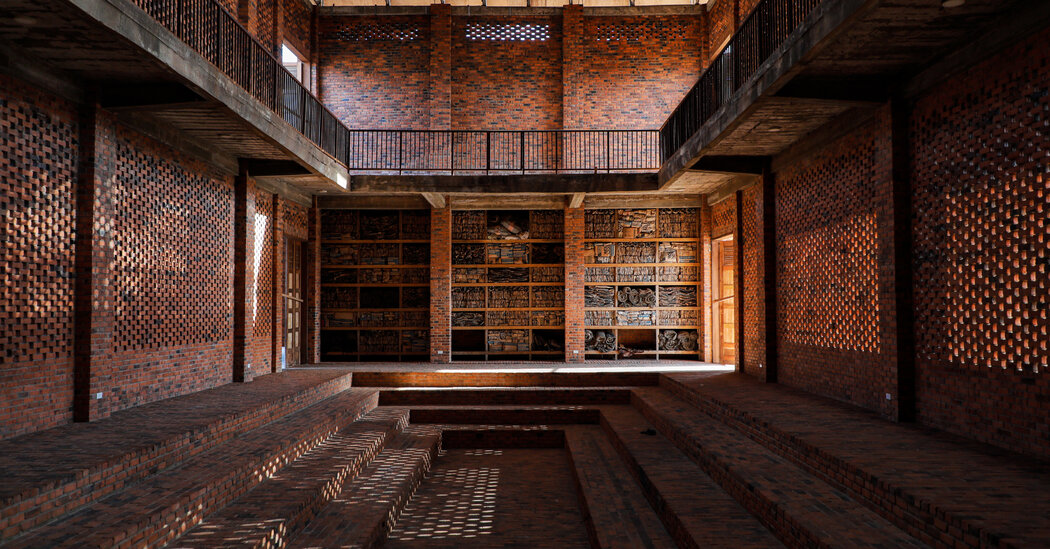In late 2022, I was invited to go to Ghana with a friend researching work by the Ghanaian artist Ibrahim Mahama, who first made a splash at the 56th Venice Biennale in 2015. We were going to Ghana to learn about the context of his work and also to understand the emerging contemporary art scene in the country.
Over the past few decades, the art world has opened up beyond Europe and North America to create a more globalized market. In recent years artists like Mr. Mahama, and the fellow Ghanaians El Anatsui and Amoako Boafo have risen to prominence. We wanted to learn how that attention had affected contemporary art in Ghana.
We planned to spend most of our time in Accra, the capital and where most of the country’s established galleries are, and then to travel north, first to Kumasi, home to the country’s prestigious Faculty of Art at Kwame Nkrumah University of Science and Technology (KNUST) and the former seat of the Ashanti Kingdom, and then even further north still, to Tamale, where Mr. Mahama has opened several sites for contemporary art.
Touring Accra’s galleries
Our on-again, off-again home in Accra was the Accra City Hotel, which we chose because it has a swimming pool, was within our budget and is centrally located. We soon learned, however, that in Accra, “centrally located” doesn’t really exist. Getting oriented wasn’t exactly easy — or even possible. Public transportation is nonexistent, and we couldn’t make heads or tails of the speedy, privately owned minibuses known as tro tros (we were told that Accrans “just know” where they are headed). Since most days were over 90 degrees, Uber and taxis were our best bets for getting around.
The morning of our first day, we drove to the Nubuke Foundation, a small institution known for exhibits of works by Ghanaian artists. The taxi dropped us in front of a long gate that opened to low, concrete buildings hung with Asafo flags, the colorful regimental flags belonging to the Fante people, a Ghanaian ethnic group. It smelled of heat and greenery. An exhibition, “Like a Memory of Night,” showed work by Sika Amakye, a young Ghanaian artist who employs traditional beading traditions passed down matrilineally. Her sculptures, composed of curtains of brightly colored beads and fabricated limbs, were eloquently arranged throughout the Brutalist building.
From Nubuku we went to the Noldor Artist Residency, which hosts several artists at a time. The Noldor building is striking and has…
Click Here to Read the Full Original Article at NYT > Travel…
